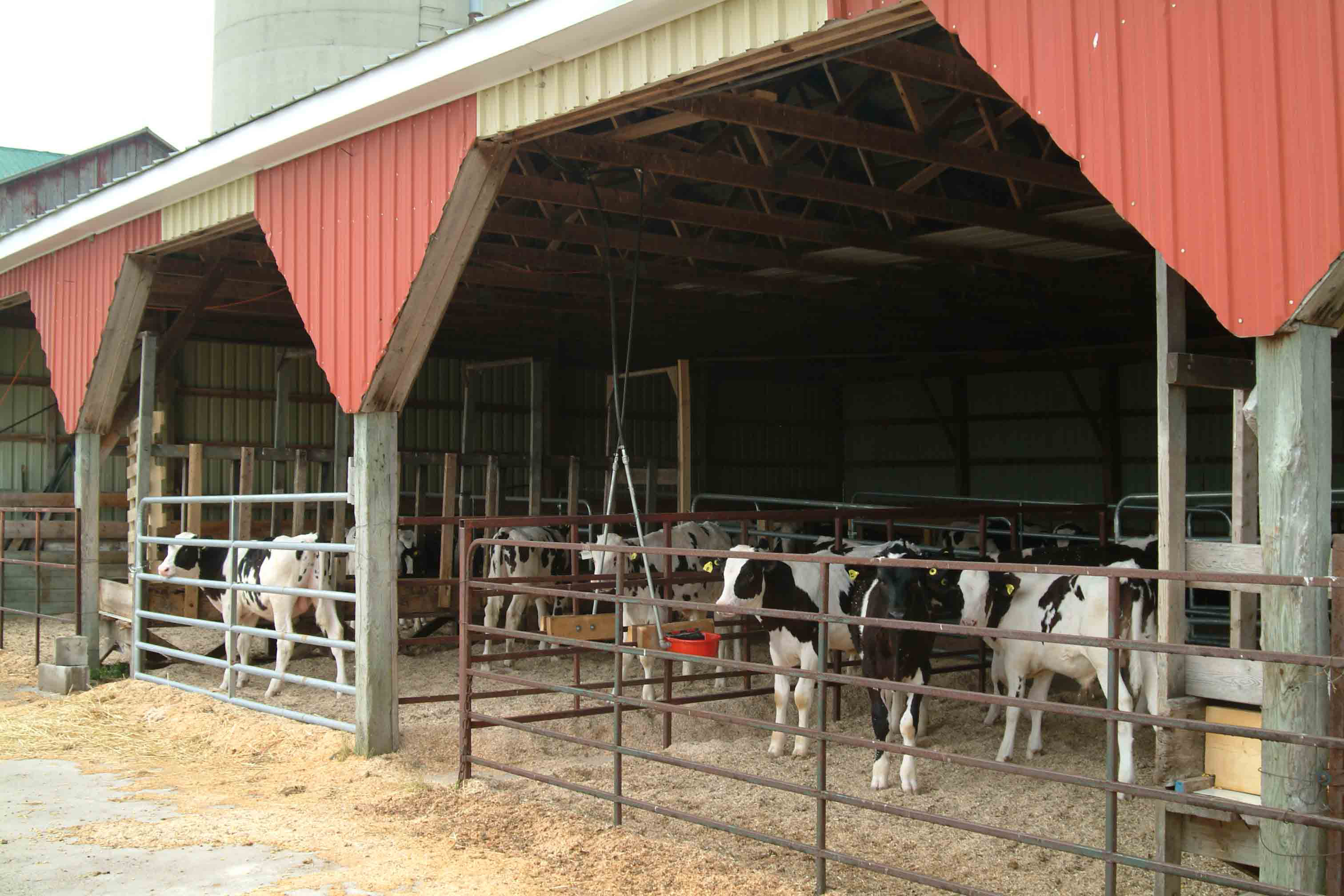Healthy Calf Conference
Follow to stay up-to-date on all Healthy Calf Conference updates. Speaker announcements, sponsorship information, registration announcements, and more.
Don’t forget that calves can also experience stress when the temperatures start to rise. When it is over 25 degrees Celsius, calves may need special attention to keep cool, healthy, and productive.

Are flies bugging your calves?
From May to October, flies can be a problem for your livestock operation, with peak levels occurring from mid-July to mid-September. Flies are an irritant to livestock, farm workers, and neighbours. Preventing a population build up is easier than controlling established populations. Take proactive steps control flies before your facility is heavily infested.
Keeping calves cool in hot weather
Calves are at their best in environments between 12 – 25 degrees Celsius. Once it gets warmer than that, they’re eating less and using energy trying to keep cool instead of devoting that energy to growth. Calves suffering from heat stress will show signs of reduced movement, decreased feed intake, higher water consumption, rapid respiration, open-mouth breathing and a lack of co-ordination in their movement.
Follow to stay up-to-date on all Healthy Calf Conference updates. Speaker announcements, sponsorship information, registration announcements, and more.
The Codes of Practice are nationally developed guidelines for the care and handling of farm animals. They serve as our national understanding of animal care requirements and recommended practices.